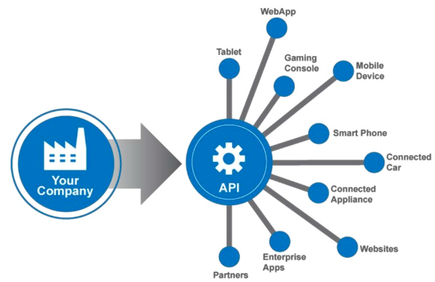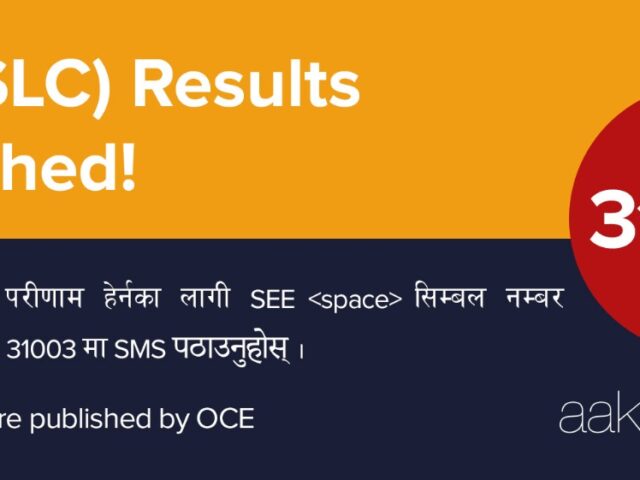API stands for an Application Programming Interface. It is a computer programming term, which is a set of tools or protocols to develop application software. In simple terms, it is a moderator of communication between various software. It makes computer programs easier to integrate building blocks and interconnect with each other.
What is API?
An Application Programming Interface acts as an interface between two different applications so that they can communicate with each other. An API is a method by which third-party vendors can write programs that interface easily with other programs. Similarly, An API doesn’t always need to be web-based. An API consists of a complete set of rules and specifications for a software program to follow to facilitate interaction.
Benefits
- Avoid security vulnerabilities, cut down on redundant APIs, and identify gaps your developers can address.
- Identify and troubleshoot problems before they affect the rest of the network.
- Looks at current and historical trends pulls in data from multiple API calls, creates reports based on its findings, and provides other data analysis
- Allocating additional resources to mission-critical connections, and eliminating redundancies within your organization
- Documents every step, its limitations, and application of other API tools
Why API?
- Business depends on the Application Programming Interface. They are also important for the businesses that provide them because third-party developers build out applications that further the use of the company’s core product. This saves the API provider both time and money

- There are many businesses out there that build software and tools that rely on pulling data from open APIs to help streamline a business process in some new way.
- Business people use those apps created from API to analyze customer interaction through CRP; integrates areas such as planning, purchasing, inventory, sales, marketing, finance, and human resources through ERP (Enterprise Resource Planning).





